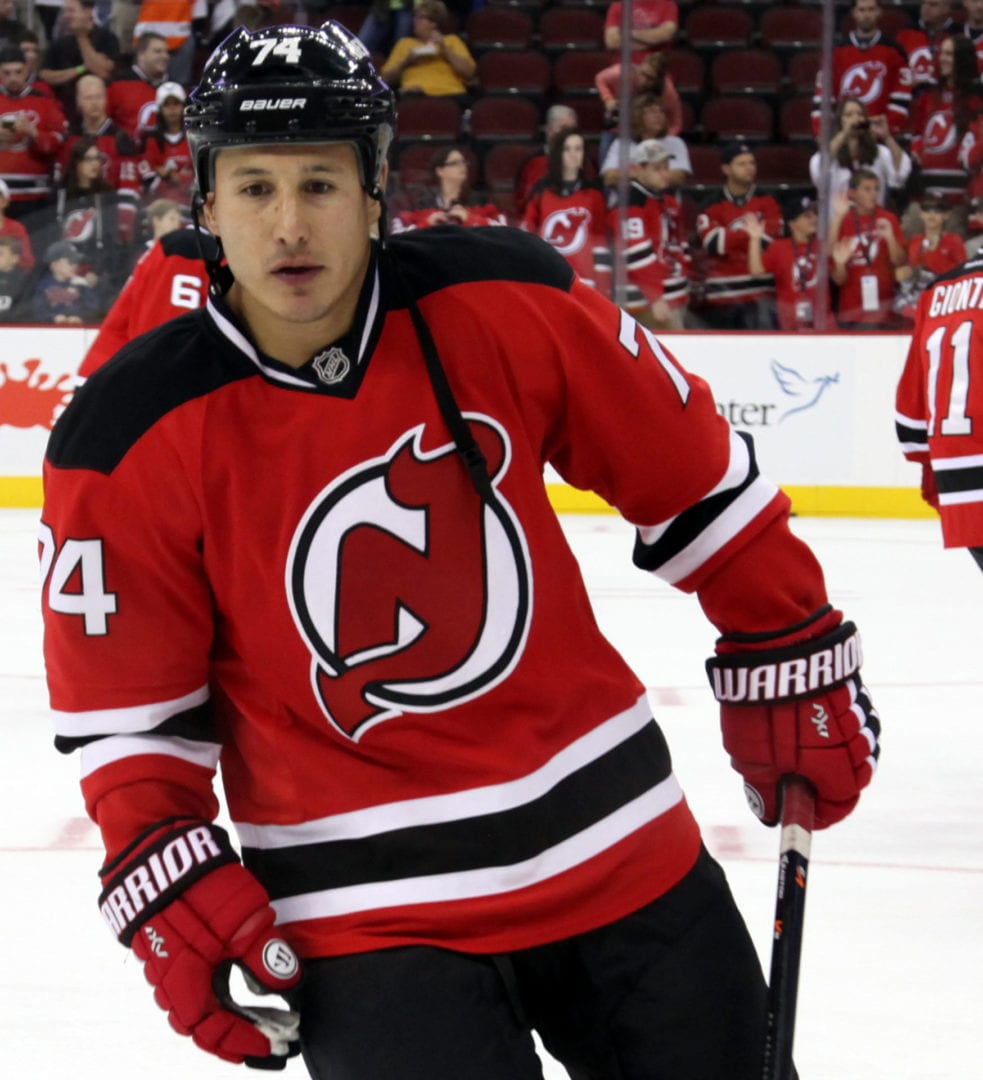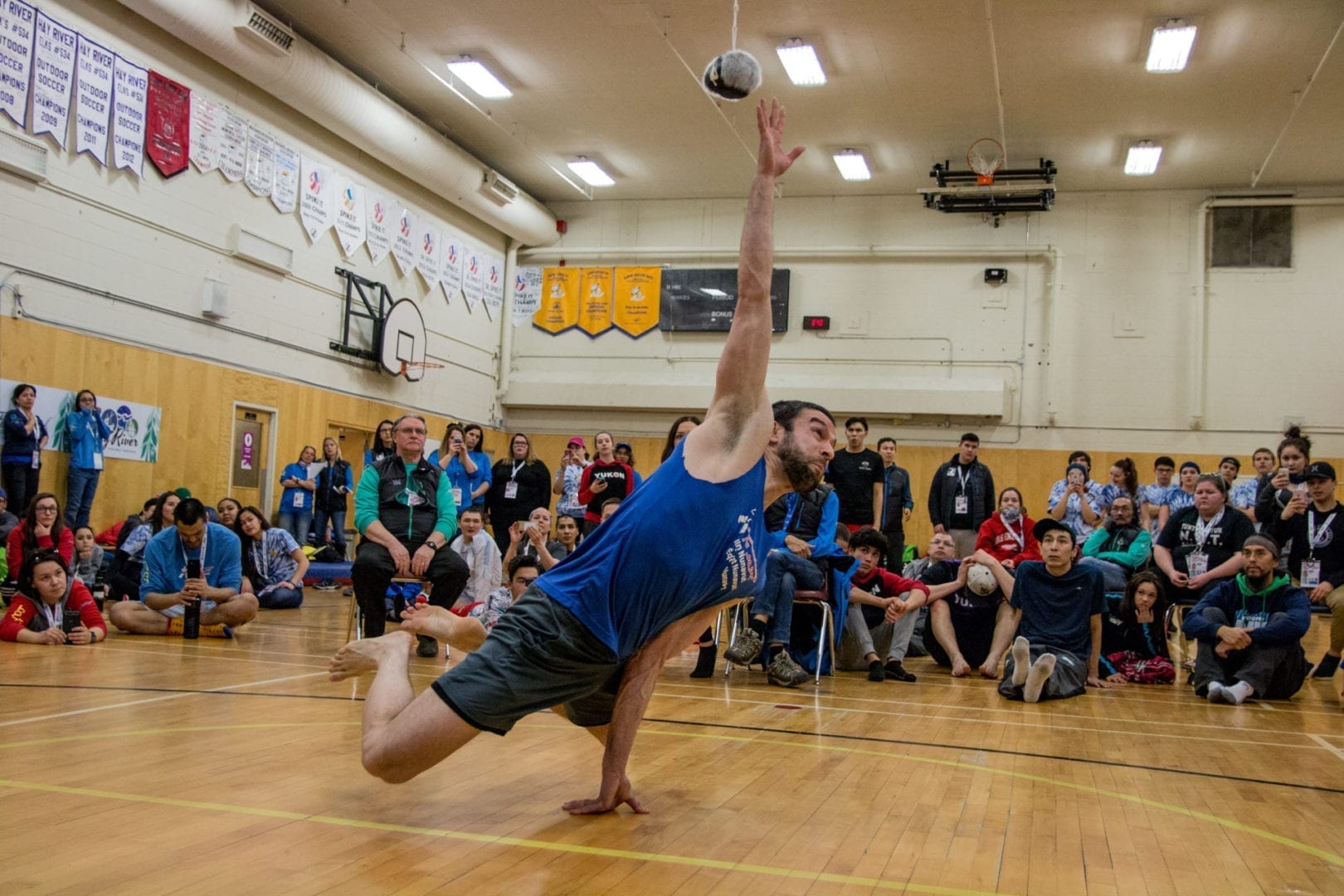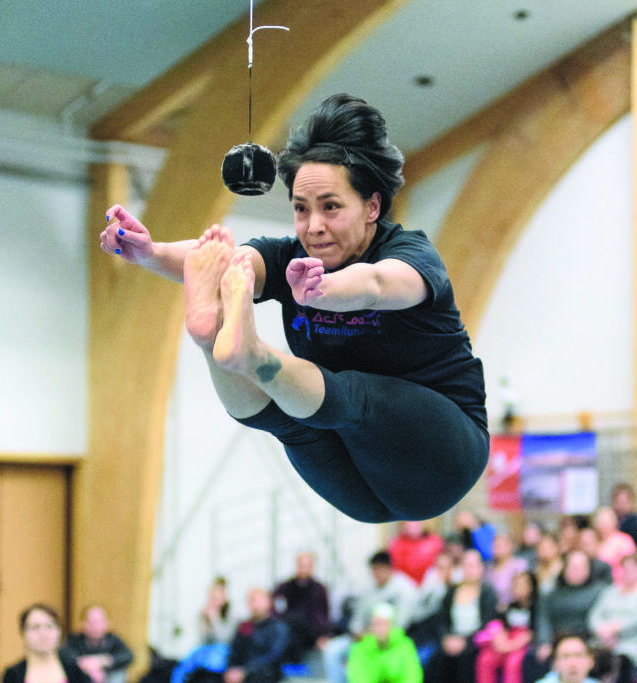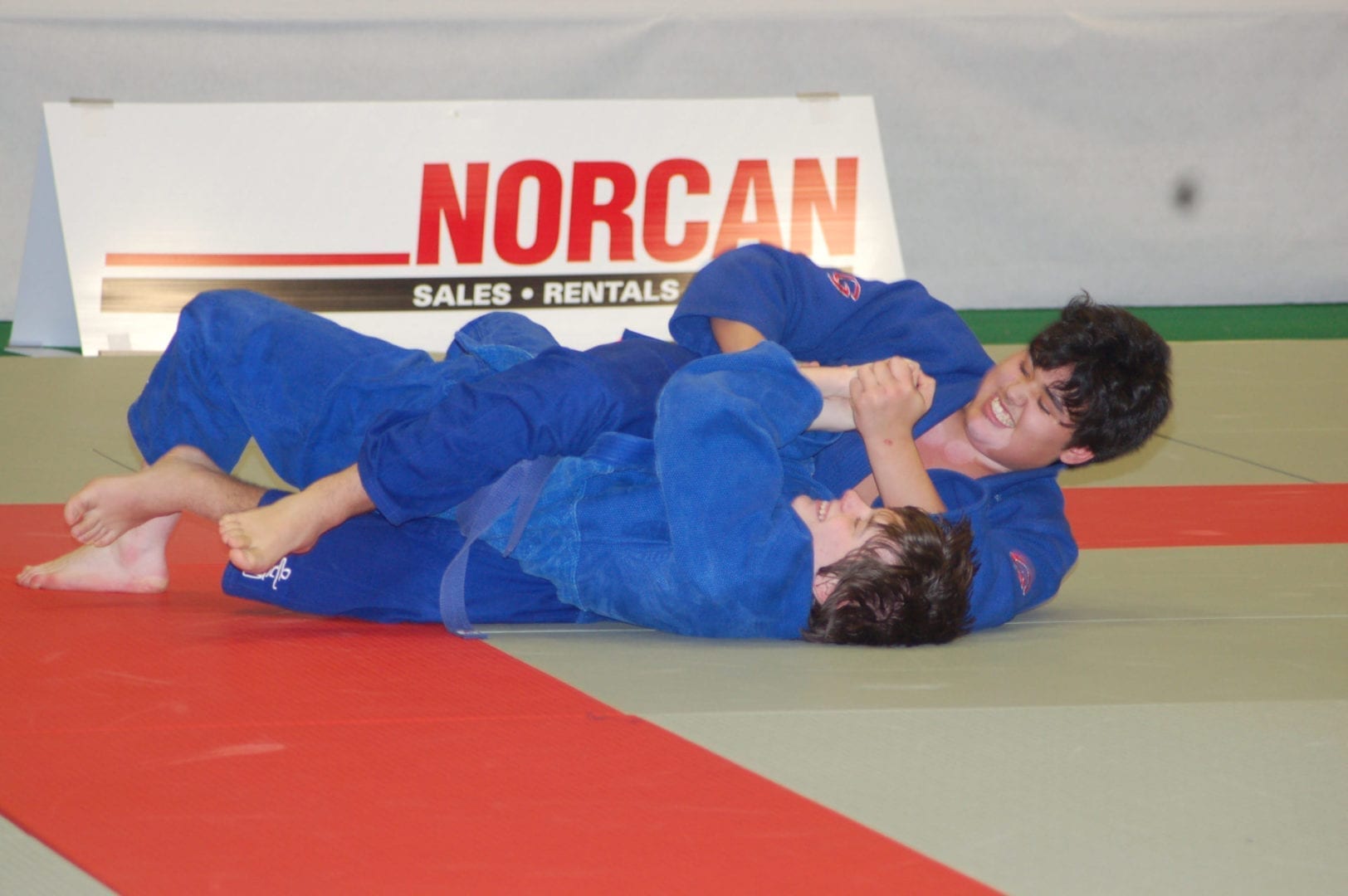As promised earlier this month, we shall begin a search of great proportion.
Nunavut has had several athletes who have made us proud over the years but it's time to find out which one stands out. Which one has provided us with the most pride? Which one has towered over the rest?
Who is the Greatest Nunavut Athlete Of All Time?
In the April 6 edition of Nunavut News, we threw out some names to you for suggestions and asked you to come up with others for the competition. The response was quite good and from that, we present to you the six contenders for the title. They're being presented in no particular order because that's where you will come in.
Here they are beginning with the obvious:
Jordin Tootoo

photo courtesy of Wikimedia Commons
The only Inuk to ever play in the National Hockey League to this point, several of you felt he was the no. 1 choice. It would be hard to argue with that because he would be the top choice of any southern-based poll.
Why? Easy – Tootoo is the only Inuk athlete southerners know. Good thing Nunavummiut know him better.
He left home to go play bantam in Spruce Grove, Alta., before being drafted by the Brandon Wheat Kings of the Western Hockey League. From there, he got the chance to play at the World Junior Hockey Championship in Halifax in 2003, where he helped Canada to a silver medal.
But it was in 2001 where Tootoo made the biggest noise of all when he was drafted by the Nashville Predators, becoming the first Inuk drafted by a National Hockey League team. He would go on to spend 11 years with the Predators organization before signing with the Detroit Red Wings in 2012. That stint lasted two years before he was bought out of his contract and he moved on to New Jersey, where he spent two seasons.
His final NHL stop was with the Chicago Blackhawks, who waived him in 2017 before he officially hung up the skates in 2018.
In all, Tootoo played in 723 regular season NHL games and tallied 161 points overall but more than that, he showed Nunavummiut that yes, you too can play in the NHL if you work hard enough and want it bad enough.
Drew Bell

NNSL file photo
What hasn't Arviat's Drew Bell done in his Arctic sports career?
He is Nunavut's most decorated male Arctic sports athlete at the Arctic Winter Games and is always a force to be reckoned with whenever he decides to enter any sort of competition. He was set to go into the 2020 Arctic Winter Games as the defending gold uluit in the open men's triple jump and open men's one-hand reach, the event in which he set the new world record of 5 ft. 7 in. at the 2018 Games in Fort Smith, NWT.
His other record? A leap of 11.49 metres in the triple jump, a mark he set at the 2016 AWG in Nuuk, Greenland.
Something else which makes Bell a great athlete: he's always learning. If you find his biography page from the 2018 AWG, you'll see a large paragraph where he describes how weight training has helped him with his vertical leaps.
He is, in essence, a student of his craft, even after all of his success.
Kiviaq
He was known as David Charles Ward for many years but he won back the right to be called his traditional name in 2001.
The name he was given by his mother when he was born in Chesterfield Inlet in 1936.
Kiviaq moved to Edmonton in his younger days and became quite the boxer both as a way to work out his emotions and to protect himself from those ignoramuses who took shots at him simply because of who he was.
His first big triumph came when he was 13 years old as he won his first Golden Gloves title. From there, he would go on to win 108 of 112 fights as an amateur boxer. At the age of 19, he would try out for the Edmonton Eskimos and make the team but would never play a down of football for the club. He was injured when he slipped on the turf and subsequently drilled by three other players.
His football career continued at Northwestern State College in Louisiana, which gave him a football scholarship. He was eligible to play college football in the U.S. because he never earned a dime playing with Edmonton.
From there, he would become a two-term city councillor in Edmonton and would go to law school, eventually being called to the bar in 1983 as Canada's first Inuk lawyer. but it would be in 2001 where he made his mark.
Kiviaq died in 2016 after losing a battle with cancer but he will forever live on as one of a kind in both sport and in life.
Susie Pearce

NNSL file photo
Susie Pearce of Iqaluit is one of those athletes who has been athletic for so long, you often forget she's been representing jurisdictions in some way, shape or form since the age of 10.
Her first foray into the Arctic Winter Games came in 1990 when she made Team NWT's gymnastics team (the NWT was still one giant land mass at that time) and would do so again in 1992. She would transition into Arctic sports for the 1996 AWG and would compete with Team Nunavut on seven different occasions, the last time being 2016 in Greenland.
And just for good measure, she played with Team NWT in outdoor soccer for the 1997 Canada Summer Games.
She has been that good for that long and there's a good chance she isn't finished yet.
Eugene Dederick

NNSL file photo
Remember when I told you Eugene Dederick held a special place in Nunavut sporting lore? Exactly, I didn't. I said it was Louis Nutarariaq.
I made a boo-boo and I'm correcting it with this because Eugene Dederick of Iqaluit makes this list for one very simple reason: to this day, he is the only Nunavut athlete to win a medal at either the Canada Winter Games or Canada Summer Games.
Dederick turned the trick in judo in at the 2007 Canada Winter Games in Whitehorse and beat Scott MacAdam of Nova Scotia to do it in the boys 100-kg and over category. He lost just one match on the way to making history.
From there, Dederick would hit the podium five more times between 2007 and 2009, including wins at the Quebec Open and Edmonton International Judo Championships.
Andy Attagutalukutuk
You simply can't have a debate about Nunavut's best athletes and not include this man.
Andy Attagutalukutuk of Iglulik has arguably been one of the best dog mushers in Nunavut for many years and one of the best in the North. He made the Nunavut Quest his own for much of the decade of the 2010s and has been a frequent participant many times over.
His key to success? Training his dogs with a heavy qamutik.
After winning the 2017 race, Attagutalukutuk spoke with Nunavut News and said he likes to train his dogs to be strong first and he does by loading up his qamutik with ice.
The qamutik is also made heavy as well, he added.
In any event, Attagutalukutuk deserves to be included among any list of great Nunavut athletes.
So there's your six.
The decision on these people came down to those who have brought great honour to the territory through their sport, those who have been at the top of their sport for many years and those who have longevity.
Here's how the voting will be conducted:
All six will go into a round-robin of sorts where they will be put into a group in no particular order. Your job will be to rank the group from one to six in order of where you think they should be on the list. For example, if you want Susie Pearce to be at the top, you would put her at the top. Your second choice would go under Pearce and so on down until you come up with your sixth choice.
The voting in the round-robin will open up at the Nunavut News Facebook page April 21 at 11 a.m. and will continue until April 28 at 11:59 p.m. EDT. Following the close of voting, the top four from your votes will go into a playoff round of sorts and will face off in a single-elimination bracket over three consecutive weeks.
The athlete who is named first on the most amount of votes will be the top seed, followed by the athlete who receives the most amount of second choice votes as the second seed and so on. The top seed will take on the fourth seed and the second seed will square off with the third seed. The winners will advance to the final in a winner-take-all battle and in all three playoff match-ups, your votes will determine the winner.
So it's up to you. You get to determine just who is the Greatest Nunavut Athlete Of All Time.
Good luck.